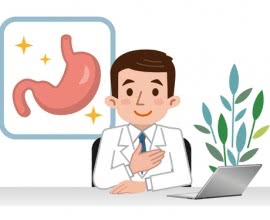Obesity in the Media
How is obesity treated in the media and what effect is it having on the number of people seeking medical treatment for obesity?
There is no doubt about how the influence that the various media outlets of our age have affected our perception of and exposure to obesity. It has become common practice to see overweight celebrities returning home to the flash of cameras on the front pages of magazines, and to awe at the excessive thinness of others who have chosen the wrong diet. Almost all avenues of fame have fallen victim to the scrutiny of the paparazzi, all of whom have developed an eagle eye for changes in bodily mass. Because we live in such a connected age and the images we see are in such a vast number the power that these images have to multiply and enter our lives is extraordinary, and the effects that they are having on the idea of obesity are not to underestimated. What kind of things have changed, exactly?

Obesity is a common thing, regardless of the media presence on the streets or on red carpets. With more than 20% of populations in England, Germany and the United States being obese it is more than likely that you will encounter such a person on a day to day basis. In other words the presence of obesity is a thing of normality. However, the sensationalism and scandal of obesity are not - at least at one point in time. We are now more used to seeing people that are obese on the television or in papers, being shamed by the photographers and writers for losing a grasp on their lifestyle. Commonly we see before and after comparisons, highlighting to us that the celebrity was at one point of normal proportions. With these comparisons and emphases we have come to see obesity as something that is completely outside of the normal practice of things.
What then has the result been for our own lives? The effects have in fact spread much farther than the simple perception of obesity. Alongside the new media-informed understanding that we attribute to obese people we are seeing effects in the medical sector. More and more people who are considered obese are starting to notice it for themselves and do something about it. The number of consultations between doctors and patients regarding weight has ballooned and it is now common to expect such cases in England. The North West of England, for example, has undertaken 497 procedures for every million people. People are also looking abroad for their treatments. Finding that there is more affordable and sometimes more professional practice elsewhere, medical tourism has increased massively in places like Prague, Czech Republic. People seek gastric balloon, gastric wrap and gastric sleeve procedures very commonly in a growing tourist community seeking the benefits of travelling for surgery.

All in all, the media continues to dictate our views on obesity and it seems that society, alongside the medical industry, continues to respond. As surgical procedures and media technologies grow it will become more difficult to predict which side of this dialogue is having the most input in years to come.
Sources:
http://www.bbc.com/news/uk-england-35660262














